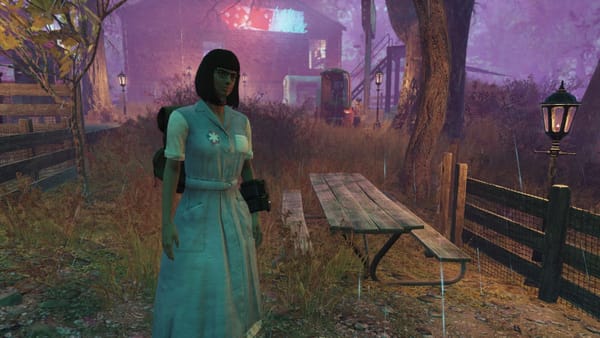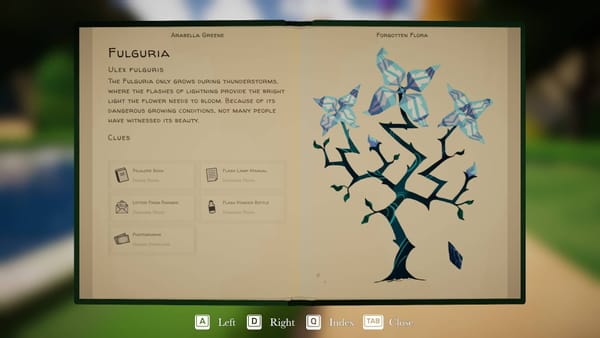How To Find And Tame A Lymantria Desert Moth In Ark Survival Ascended

In the expansive and often perilous world of Ark Survival Ascended, players have the unique opportunity to tame a wide range of prehistoric and fantastical creatures to aid in their quest for survival and dominion over the island. Among these creatures, the Lymantria, often referred to as the Desert Moth, stands out not only for its enigmatic beauty but also for its utility for players looking to traverse the arid landscapes more effectively. This guide will walk players through finding and taming this elusive moth, ensuring you can glide across the dunes with ease.
Locating the Lymantria
The Lymantria is primarily found in the Scorched Earth, Ragnarok, and Crystal Isles maps, favoring the desert and barren landscapes that these areas offer. Spotting a Lymantria can sometimes be a challenge due to its relatively small size and the vast expanses of the areas it inhabits. To increase your chances of finding one, concentrate your search around the outskirts of desert dunes and rocky plateaus where these creatures often graze on the sparse vegetation available.
Utilizing a high vantage point can also aid in spotting these creatures from afar. Additionally, dawn and dusk are ideal times for Lymantria sightings as they become more active during the cooler parts of the day.
Taming the Lymantria
Taming a Lymantria is a process that requires preparation and patience. The preferred method for taming involves using tranquilizer arrows, darts, or a shock prod to safely bring down the Lymantria without killing it.
- Preparation: Before setting out to tame your Lymantria, ensure you have sufficient narcoberries, narcotics, or biotoxin to keep it unconscious throughout the taming process. You will also need a significant amount of the moth's preferred food: vegetables, berries, or plant species X seeds.
- Approach: Approach the Lymantria cautiously once spotted. These creatures are skittish and will flee at the first sign of danger. A swift mount or careful stealth is recommended to get close enough to engage.
- Tranquilization: Once within range, use your tranquilizing method of choice to incapacitate the Lymantria. Aim carefully to minimize the risk of killing it. The number of tranquilizers required will vary depending on the level of the Lymantria and the potency of your tranquilizers.
- Feeding: After successfully bringing down the Lymantria, approach it cautiously and begin feeding it its preferred food items. Place the food in its inventory to start the taming process.
- Maintenance: Keep a close eye on its unconsciousness meter throughout the taming process, ensuring it remains asleep by administering narcoberries, narcotics, or biotoxin as needed.
Taming Effectiveness and Tips
The effectiveness of your taming process will affect your Lymantria's stats once tamed. To ensure maximum taming effectiveness:
- Begin taming as soon as possible after knocking out the Lymantria.
- Use the highest quality food available to speed up the process and improve effectiveness.
- Avoid injuring the Lymantria after it has been knocked unconscious.
Lymantrias are passive creatures once tamed and offer several unique advantages to their owners. Apart from being an efficient mode of transportation across difficult terrains, their spore attack can be used to slow down enemies, making them invaluable in both exploration and combat scenarios.
Conclusion
Taming a Lymantria may seem like a daunting task given their rare occurrence and the inhospitable territories they inhabit. However, with proper preparation and an understanding of their behavior, securing one of these majestic moths can significantly ease the burden of survival in Ark Survival Ascended's most unforgiving environments. Whether you're traversing vast deserts or eluding aggressive predators, a tamed Lymantria by your side can make all the difference in your adventures across the ARK.



